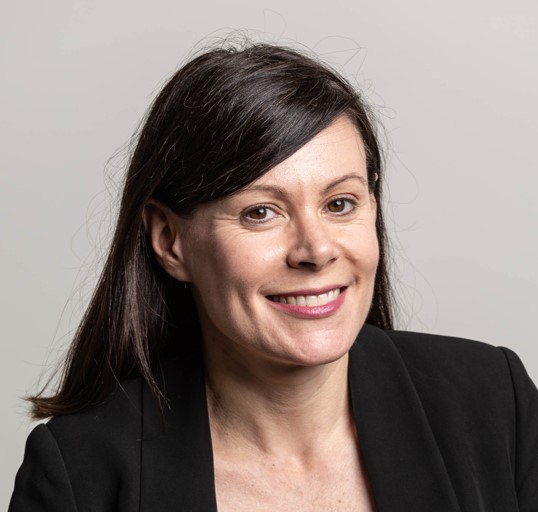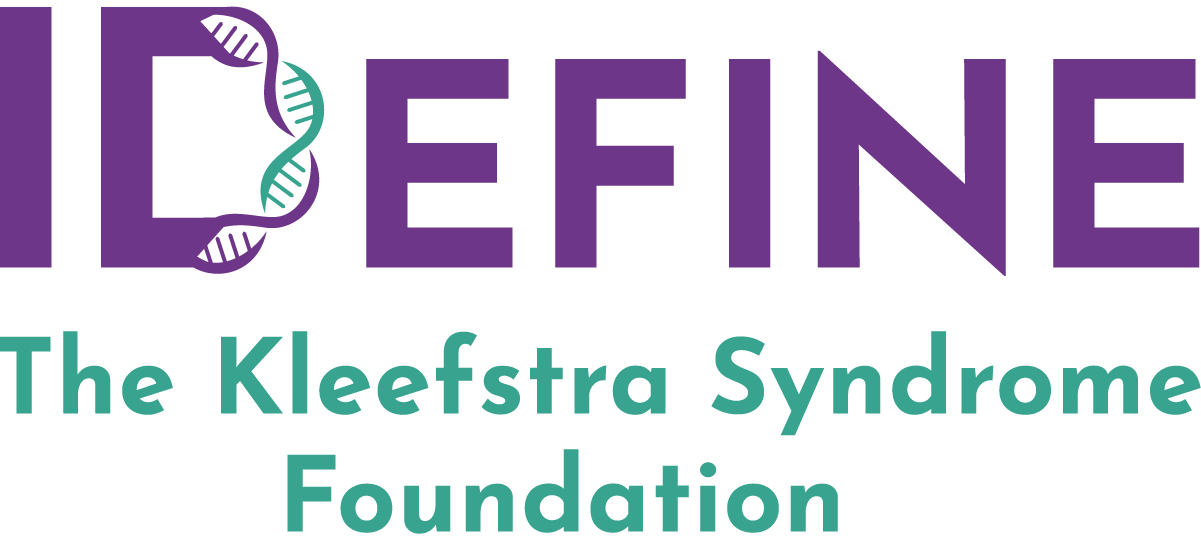Internationally-known speech therapist may target KS

Professor Angela Morgan leads the speech and language group at the Murdoch Children’s Research Institute in Melbourne, Australia and she is also a professor of speech pathology at the University of Melbourne.
She says she never really thought about it until recently but looking back on her life it’s no surprise that she became a speech therapist and researcher. Her grandfather, father and brother had communication difficulties.
“That’s one reason I am quite passionate about communication and I’m sure one of the reasons I became a speech therapist,” said Angela. “Sometimes I think there is a genetic basis to communication problems in my family.”
Perhaps that is the underlying, driving factor in Angela and her team having identified 16 single genes that cause childhood apraxia of speech. Her team has also officially characterized the distinctive features of speech and language in children with a number of genetic conditions, including FOXP1– and FOXP2-related speech and language disorders, Kabuki syndrome, and Koolen-de Vries Syndrome.
As a result of her expertise in speech outcomes in these children, Angela is increasingly leading trials, or consulting on speech outcome measures for pharmacological trials in children with rare genetic conditions.
And that’s where Kleefstra Syndrome comes in. Late last year, Dr. Tjitske Kleefstra asked Angela if she would be interested in doing a study of speech and language in KS. Coincidentally, the next day Angela had a meeting with Dr. Emma Palmer, a clinical geneticist and researcher who has a large KS clinic in Sydney.
“A few days later I was meeting with Emma again and she mentioned Geoff Rhyne (CEO of IDefine), so I think it’s meant to be.”
IDefine plans to hold a webinar with Professor Morgan soon to give families an opportunity to provide input on the potential study and to ask questions.
Over the last few years, Angela’s team has discovered that the individual genes that play a significant role in speech and language disorders are highly co-expressed and actually work in a network. It is quite possible EHMT1 is also in that network.
“And the commonality of these genes is that they’re all important for brain growth and development, and particularly growth and development of the brain regions that support speech function. So, it seems like there are these 16 different conditions, but actually there are similarities amongst the function of those genes.”
Now that there is a better understanding of the biology and causation of the speech and language problems, the hope is it will lead to more effective therapies.
“People talk about gene therapies, but drug targets are being looked at more,” said Angela. “By getting to the genes, we’re hoping that we can better understand the biological pathways where there might already be drugs that could target those pathways or be repurposed. That’s one of the goals.”

